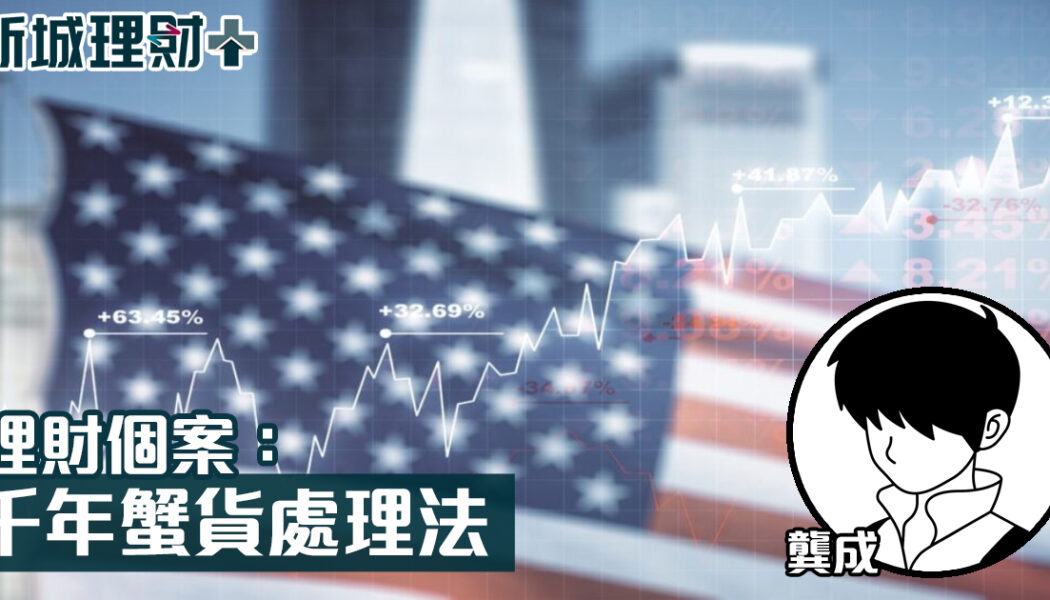經歷了從4月8日到7月31日的驚人四個月28%反彈,兼且沒有5%的調整,美股在八月首個交易日三大指數錄得1.2%至2.2%的單日跌幅。短期因素包括疲弱的就業報告、九月降息可能性降低、亞馬遜及其他零售與工業股業績不佳,以及最重要的是,上週特朗普對某些國家徵收高關稅後,關稅擔憂再次升溫。
在八月的大部分時間內,股市可能會因這些憂慮而出現較大幅度的技術性調整。然而,儘管這次回調幅度較過去16週的任何一次更大,仍屬輕度至中度修正,而非趨勢逆轉或牛市結束。前述幾項利空消息只是對經濟與金融市場有利大環境的小小衝擊,尚不足以破壞美國經濟及市場的展望。
美國7月非農就業數據及5、6月的修正數據走弱,新增就業不足正常水平的一半,但可能由關稅引致,隨著關稅減少信心恢復,未來兩三個月有望大幅改善。除非農報告外,其他就業數據如4.2%的失業率或初申請失業金數據仍堅挺,顯示就業市場穩健,儘管有些放緩。此外,上週三公布的第二季GDP成長3.0%,高於市場預期及長期平均水準。因此,雖有單一不佳的就業數據,但整體美國經濟成長前景仍正面。
美國聯儲局上週三的FOMC會議聲明及記者會令人失望,完全未暗示九月可能降息。鮑威爾強調九月會議才會投票決定,未透露放鬆的傾向。美聯儲對就業市場的高信心使市場擔憂短期內降息無望。然而,若如預測未來六週通膨逐步下降,九月仍有可能降息。2025年底前,貨幣政策可能恢復寬鬆,降息1至2次,每次四分之一點百分比,2026年再降0.25%以刺激債券和股市。
上週四、五亞馬遜及數支股票業績低於預期,打擊市場情緒,但與亞馬遜類似,部分疲弱業績是受競爭激烈與產業困境影響,對整體市場無重大意義。過去兩週微軟、Meta、Google等公司公布的一串令人振奮的優異業績。雖然任何財報季都有弱點,但迄今多數成果是好消息。整體而言,盈利是正面因素,雖然是週五下跌的部分原因。
最後,特朗普宣布對加拿大、巴西、印度、瑞士、台灣及其他較小經濟體徵收高額關稅,但美國已與英國、歐盟、日本等主要夥伴達成合理10%-15%關稅協議,並與中國談判取得正面進展。與這些主要經濟體的關稅協議消弭全球貿易戰對美國經濟的風險。儘管白宮再度強硬,妥協與降低貿易稅的可能性仍然存在。總之,上週的高關稅不會重新點燃關稅恐慌,貿易前景有望再度改善。
總體而言,這些負面消息足以引發修正,但不足以扭轉美市上升趨勢。除非出現更多關於經濟成長、關稅或通膨的重大負面消息,市場可望在技術調整後恢復升市。我預期此次整固的幅度是輕度至中度,約5%以內,而非較大的10%調整,因為基本面和市場動能仍強健。
這樣的技術回調已為市場預期或期待多時,非趨勢反轉或熊市開始,而是牛市中必要的整固階段。因此,現在尚非大幅減持美股的時候。我建議股市投資組合中保持約20%現金,等待標普500回落至6,000點或納指跌至20,000點等大調整時趁低吸納。然而,若標普指數本月急升至6,600點,投資者可以獲利減持,並將現金比重提高至約40%。
Drop in first day of August may mean a correction month after epic rebound rally in the past 4 consecutive months
After a phenomenal 4-month 28% rebound rally between April 8th & July 31st without a 5% correction, US market started August with a big 1-day drop of 1.2%-2.2% by three US benchmark indexes on the month’s first trading day. Near term catalysts are weak payroll report, lower chance of a September rate cut, some worst-than-forecast earnings results from Amazon and other retail & industrial stocks and probably the most important of all is the renew fear on tariff after high tariff to some countries by Trump last week.
In the part or most of August, equity market may stage a bigger technical correction amid these worries. However, albeit bigger than anyone pullback in the last 16 weeks, this would still be a mild to moderate correction but not a reversal or the end of the current uptrend. A few bad news mentioned above are small dents on the favourable background of economy & financial markets that are not big enough to derail US economic & market outlook.
US Non-Farm Payroll for July and revision for May & June are weak and not even half of normal job creation but that could be a tariff-related problem and can improve sharply these 2-3 months as confidences are recovering on lower tariff. Besides payroll report, most other job data such as the 4.2% jobless rate or initial jobless claims are robust and paint a still-solid employment market despite some slowdown. Also, last Wednesday US GDP 2Q2025 3.0% growth is higher than both market forecast & long-term average. So, while one job data was bad, overall growth outlook of US economy remains positive.
Fed’s FOMC meeting statement & press conference last Wednesday disappointed the market without the slightest hinting of a September cut. Instead, Powell repeats that they will vote & decide only in the September meeting and does not indicate any inclination to ease. Also, Fed’s high confidence on job market had the market worried that it may not see need of a cut soon. However, should inflation further drop gradually as per my forecast in next 6 weeks, September cut is still quite possible. Before end 2025, monetary easing could resume with 1 or 2 quarter-point reduction(s) and follow by another 0.25% cut in 2026 to boost bond & stock prices.
Amazon & a few stocks reported lower-than-forecast results to hurt market sentiment last Thursday & Friday but like Amazon, some weak results are caused by stiff competition and sector problem that has no implication on the broader market. Last two weeks, there is a long list of encouraging earnings from Microsoft, Meta, Google, etc. There are always weak links in any report season but so far, most results are good news to celebrate. Overall earnings remain a positive factor although it contributed to Friday’s drop.
Finally, while Trump announced high tariff to Canada, Brazil, India, Switzerland, & Taiwan and other smaller economies, US has agreed reasonable 10%-15% tariff with major partners including UK, EU, Japan and appears to have positive negotiation progress with China. Tariff agreement with these major economies removes risk of global trade war to hurt US economy. Also, although White House sounds tough again, odd of compromise and agree with lower trade tax later are still likely. In short, high tariffs last week will not rekindle tariff panic and trade outlook could improve again soon.
All in all, these negative news are bad enough to spark a correction but not enough to reverse the US market uptrend. Unless there are further big bad news on growth, tariff, or inflation, the market can resume rally after an overdue technical correction. I suspect the consolidation could be mild to moderate of 5% or less instead of a full-size 10% correction as limited by solid fundamental & market momentum.
Such technical correction has been anticipated or hoped by the market for weeks; it is not a trend reversal or a start of bear market but a needed consolidation in a bull market. Hence, it is not time to cut too much US stock weighting yet. I suggest to keep a roughly 20% cash holding in stock portfolios and wait for a bigger pullback such as 6,000-point S&P500 or NASDAQ 20,000 point to bargain hunt. However, if S&P jumps to 6,600 this month or next, investors should take more profit and increase cash holdings to roughly 40%.
陳俊文(Norman)是一位獨立投資策略師,擁有超過30年專業投資經驗,曾在家族辦公室、銀行、精品基金公司、財富管理公司工作。在其職業生涯中,管理過多種資產,包括全球股票投資組合、多元資產投資組合、基金中的基金和可轉換債券基金。Norman對全球金融市場及多種投資資產具深入了解,包括全球股票、債券(高等級、高收益、混合、可轉換)、衍生性商品(選擇權、認股權證、掉期等)以及各類多頭和多頭產品對沖基金。他經常接受媒體採訪,並曾擔任多家大專院校專業金融課程的客座講師。













